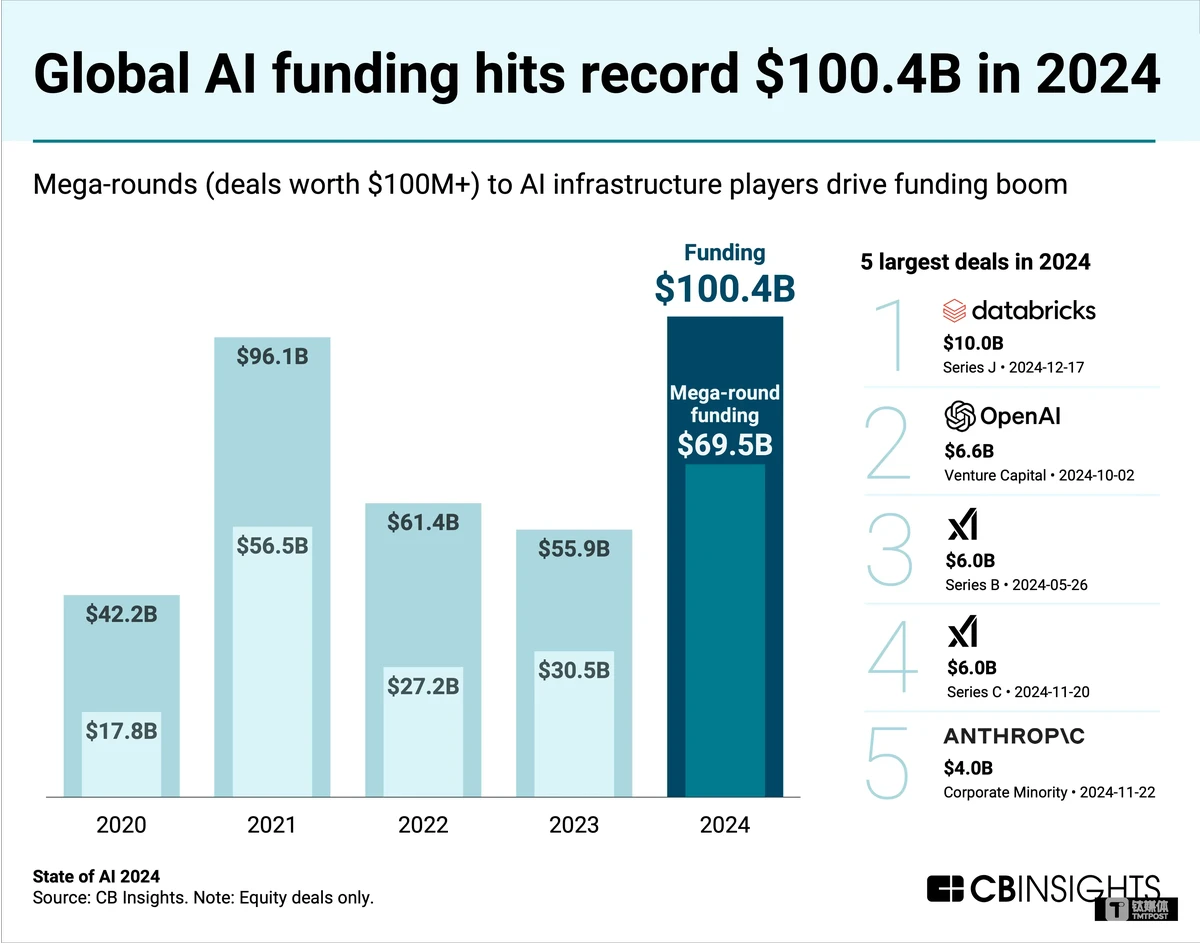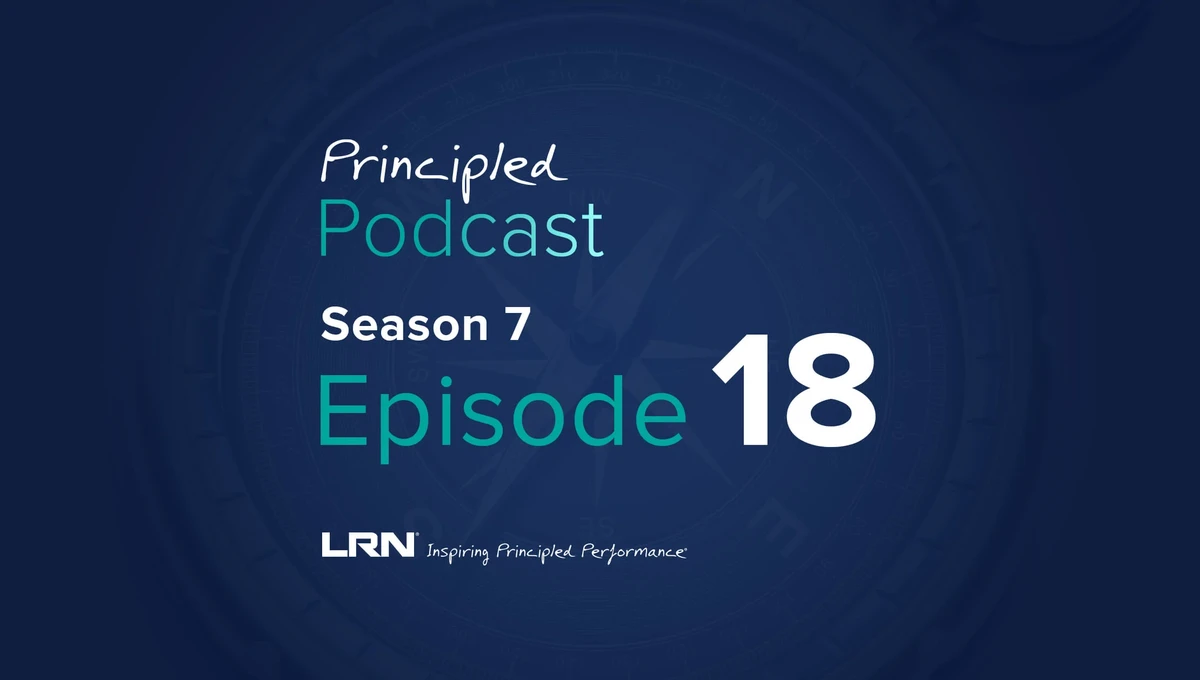=================================================================
Risk management is often viewed as the protective layer of trading, but in quantitative trading, it is much more—it directly shapes profitability. Without proper controls, even the most advanced algorithms can fail catastrophically. Conversely, well-structured risk management allows traders and institutions to sustain gains, weather downturns, and scale strategies effectively. In this article, we explore how risk management affects profitability in quantitative trading, compare multiple approaches, and highlight actionable methods to integrate risk frameworks into systematic strategies.
The Importance of Risk Management in Quantitative Trading
Why Profitability Depends on Risk Control
Quantitative trading relies on statistical models, algorithms, and massive datasets. Profitability comes not only from finding market inefficiencies but also from ensuring losses are capped. Strategies with excellent signals can still fail if leverage is excessive, stop-losses are absent, or position sizing is poorly calibrated.
The Core Link: Risk vs. Return
There is always a trade-off between risk and profitability. Higher leverage or exposure may amplify returns in the short term but leads to greater drawdowns. Quantitative risk management ensures that risk-adjusted returns (Sharpe ratio, Sortino ratio) remain favorable rather than chasing raw profit numbers.
Key Dimensions of Risk in Quantitative Trading
Market Risk
Volatility, gaps, and unexpected macroeconomic events can disrupt signals.
Liquidity Risk
Even profitable trades lose effectiveness if assets cannot be bought or sold without slippage.
Model Risk
Overfitting, parameter instability, or changes in market regime can cause models to underperform.
Operational and Technological Risk
System outages, latency issues, or faulty APIs can lead to large unintended losses.
Psychological Risk
Even algorithmic systems require human oversight; poor decisions under stress can amplify losses.
Quantitative trading profitability depends on balancing return expectations with strict risk management systems.
Risk Management Methods and Their Impact on Profitability
1. Position Sizing Strategies
Fixed Fractional Position Sizing:
Traders risk a fixed percentage of equity per trade (e.g., 1–2%).
- Pros: Simple, protects capital in drawdowns.
- Cons: Slows growth during winning streaks.
Kelly Criterion:
Allocates position size based on expected edge and variance.
- Pros: Maximizes long-term growth mathematically.
- Cons: Very aggressive, sensitive to estimation errors.
Impact on Profitability:
Conservative sizing ensures longevity, while optimized sizing balances profit growth with drawdown control.
2. Stop-Loss and Take-Profit Mechanisms
- Hard Stop-Losses: Predefined exit at a set loss level.
- Trailing Stops: Adjust dynamically as profits increase.
Pros: Protects against catastrophic losses.
Cons: Risk of premature exit in volatile conditions.
Impact on Profitability:
Effective stop strategies reduce large losses, which improves compounded returns. Remember, avoiding big losses matters more than maximizing single-trade gains.
3. Diversification Across Strategies and Assets
- Multi-asset diversification: Combining equities, FX, commodities, and crypto.
- Multi-strategy diversification: Momentum, mean reversion, statistical arbitrage, and machine-learning signals.
Pros: Smooths equity curve, reduces correlation-driven drawdowns.
Cons: Requires more data, computational resources, and monitoring.
Impact on Profitability:
Diversification creates stability, which institutional investors value highly—it improves Sharpe ratios even if raw returns are unchanged.
4. Leverage Control
Leverage is the double-edged sword of quantitative trading. Used well, it amplifies small inefficiencies into meaningful returns. Used poorly, it destroys accounts.
- Pros: Increases capital efficiency.
- Cons: Exposes traders to liquidation and tail risk.
Impact on Profitability:
Carefully managed leverage boosts returns without jeopardizing survival. Best practice is to cap leverage based on volatility-adjusted metrics such as Value at Risk (VaR) or Expected Shortfall.
Comparing Two Risk Management Approaches
Method 1: Value at Risk (VaR)
Measures the worst expected loss over a time horizon at a confidence level.
- Strengths: Widely understood, integrates easily with risk systems.
- Weaknesses: Fails to capture extreme tail risk.
Method 2: Expected Shortfall (ES)
Estimates the average loss beyond the VaR threshold.
- Strengths: Captures tail risk, coherent risk measure.
- Weaknesses: Requires more computation, less intuitive for stakeholders.
Recommendation: For modern quantitative trading systems, ES provides better downside protection and aligns with how to implement risk management in quantitative trading frameworks. Institutions often use VaR for reporting and ES for decision-making.
Measuring profitability through risk-adjusted returns like Sharpe ratio and Expected Shortfall provides deeper insights.
Technology’s Role in Risk Management
Quantitative risk management today heavily depends on technology:
- Real-Time Monitoring: Automated alerts when portfolio exposure breaches thresholds.
- Backtesting Tools: Evaluate strategies under historical scenarios.
- Stress Testing Engines: Simulate crises like 2008 or 2020 to gauge resilience.
- Cloud and APIs: Allow instant recalibration of models when volatility spikes.
These tools tie directly into why is risk management important in quantitative trading, as technology ensures timely, accurate, and scalable implementation.

Latest Industry Trends in Risk Management
- AI-Driven Risk Engines: Machine learning models adapt risk controls in real time.
- Scenario-Based Risk Budgets: Allocating exposure depending on macroeconomic conditions.
- Crypto Quant Risk Controls: Managing unique risks like exchange outages and regulatory shocks.
- Institutional Adoption of ES: Regulators and hedge funds are shifting from VaR to ES.

FAQ: Risk Management and Profitability in Quantitative Trading
1. Can strong risk management reduce profitability?
In the short term, yes—it may cap gains. However, in the long term, risk management increases net profitability by avoiding catastrophic losses and stabilizing growth.
2. What is the most effective risk management strategy for quantitative traders?
A layered approach works best: position sizing + diversification + leverage control. Relying on a single tool like stop-losses is insufficient.
3. How can small quantitative traders implement risk management effectively?
Start with simple risk rules: cap exposure at 1–2% per trade, diversify across at least two strategies, and use stop-losses. Free or low-cost tools like Python’s quantstats can help monitor risk.
4. How do institutions view profitability vs. risk?
Institutions care less about raw returns and more about risk-adjusted performance. A fund with steady 12% annual return and low drawdowns is more attractive than one delivering 30% with large volatility.
Conclusion: Balancing Risk and Profitability
In quantitative trading, risk management is not a cost—it is a profitability enabler. From position sizing and leverage control to diversification and advanced risk metrics, every layer of risk protection improves sustainability.
By adopting modern frameworks like Expected Shortfall, leveraging technology for real-time controls, and building diversified strategies, traders can achieve consistent, scalable, and risk-adjusted profits.
Sustainable profitability in quantitative trading comes from aligning strategies with disciplined risk management practices.
If you found this guide on how risk management affects profitability in quantitative trading insightful, share it with peers, comment with your risk management experiences, and join the conversation on building more resilient quantitative strategies.

0 Comments
Leave a Comment